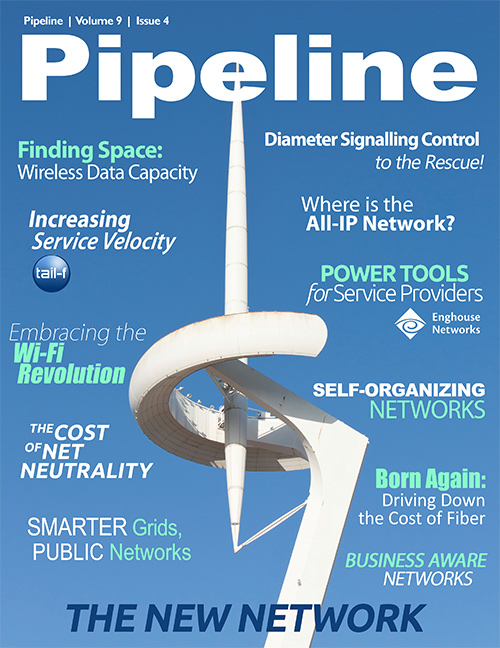Driving Down the Cost of Fiber
Fiber's stigma
It seems fiber is here to stay. But the good news is that fiber isn't the fragile, expensive, time consuming affair it used to be. First, Keith says operators who have just bitten the bullet and rolled out the fiber have been pleasantly surprised with operational savings sooner than expected. Other developments offer the promise of reduced deployment costs and headaches.
“We believe ROI analysis will prove that a full-fiber network can be cost-justified in many environments,” Beranek says. For other environments, incremental fiber deployments are a better idea so that deployment can be aligned with subscriber take-rates and revenues.
“When we got into fiber, we looked around and found that there’s a stigma about fiber to the premises,” Vince Tyson, the general manager of Plateau Telephone in New Mexico says. “The general philosophy was that it’s expensive, and I started to question that. In order to be cost effective, we looked at the fiber and said, 'O.K., how can we build it like copper?' Now, clearly there are some differences. Splicing, for example, has to be done differently. And of course, the economics are different, but by and large I would say that today’s fiber networks have a lot more in common with the copper network than some of the earlier fiber networks.”
Pushable fiber
Clearfield has developed a new “Pushable Fiber” deployment solution that slashes the cost of fiber deployment. One example of where pushable fiber is a good option is when conduit is maxed out or “exhausted.”
“In these environments, the ability to run a demarcation extension or deliver additional (or new) fiber can become an expensive affair,” Beranek says. When the pathway is full, the traditional option is to bore additional pathways for new conduit. Facility easements must be obtained which can take some time, requiring the best of negotiating skills with property and/or city officials. Even before the cost of core boring begins, engineering time is required to evaluate whether the structural integrity of the floor would be compromised in the building. Add the cost of pipe, couplers, and metals along with skilled manpower labor rates and too often, environments that truly require additional bandwidth and connectivity can’t justify the return on the investment and the project is scrapped. This is exactly the environment that one of our clients, an OSP construction manager of an independent telephone company faced while addressing a job request from a wireless provider.”
The job request involved the delivery of twelve single-mode fibers to a cell tower sitting on top of a 14-story hotel. This goal was to provide backhaul services to relieve cell traffic congestion for each of the carriers’ traffic at this location. The price tag for a traditional fiber installment at this location was $15,000 and at least a week of work.





















